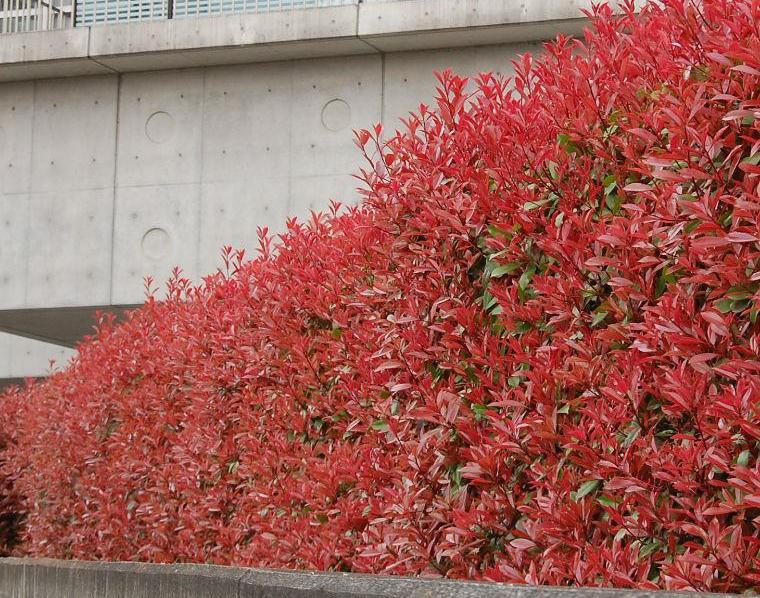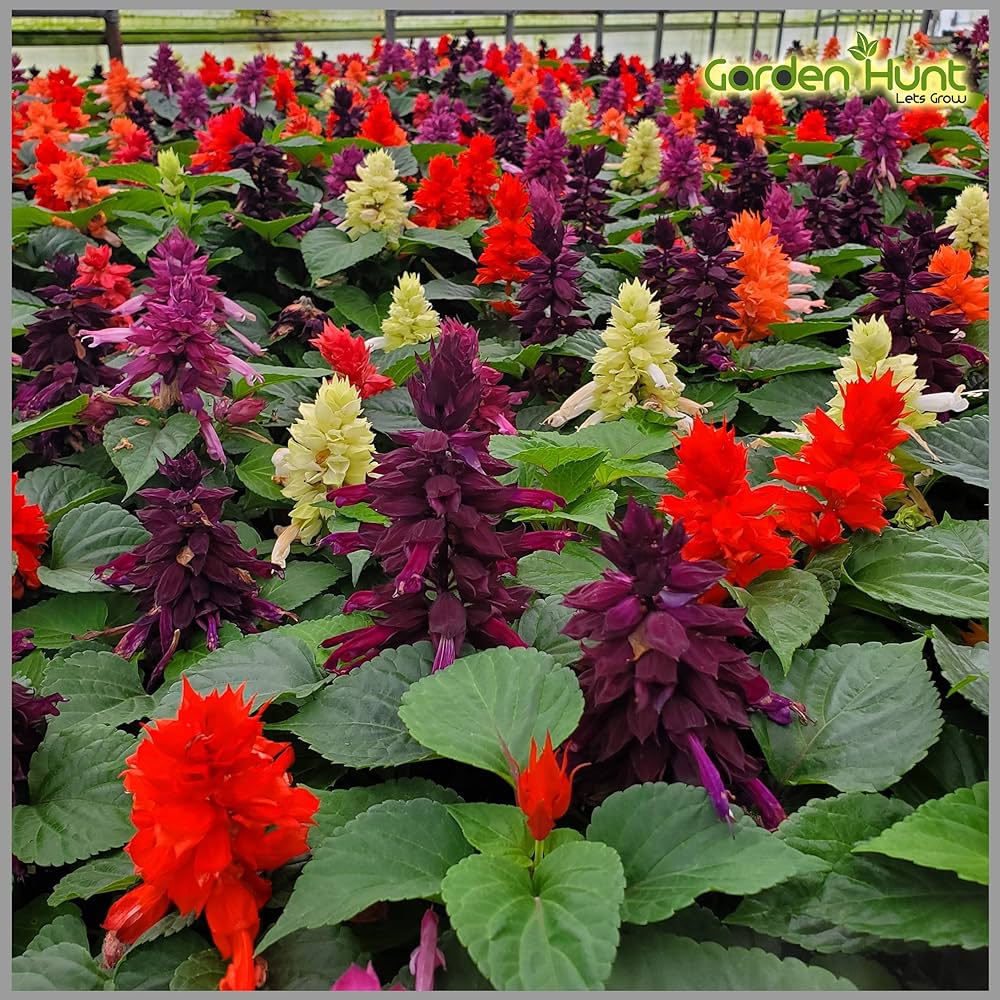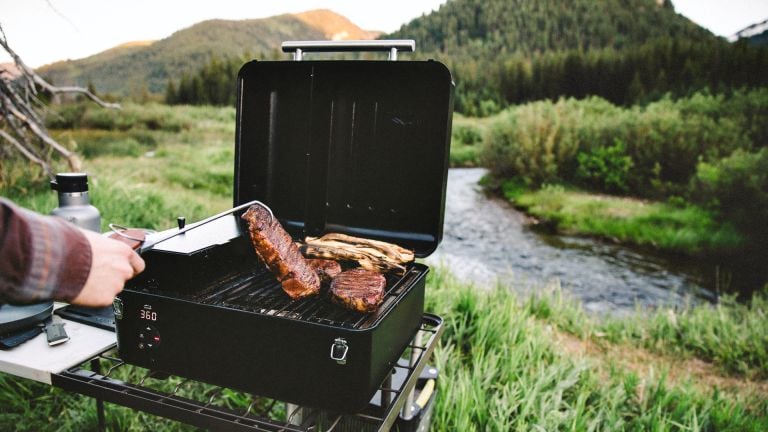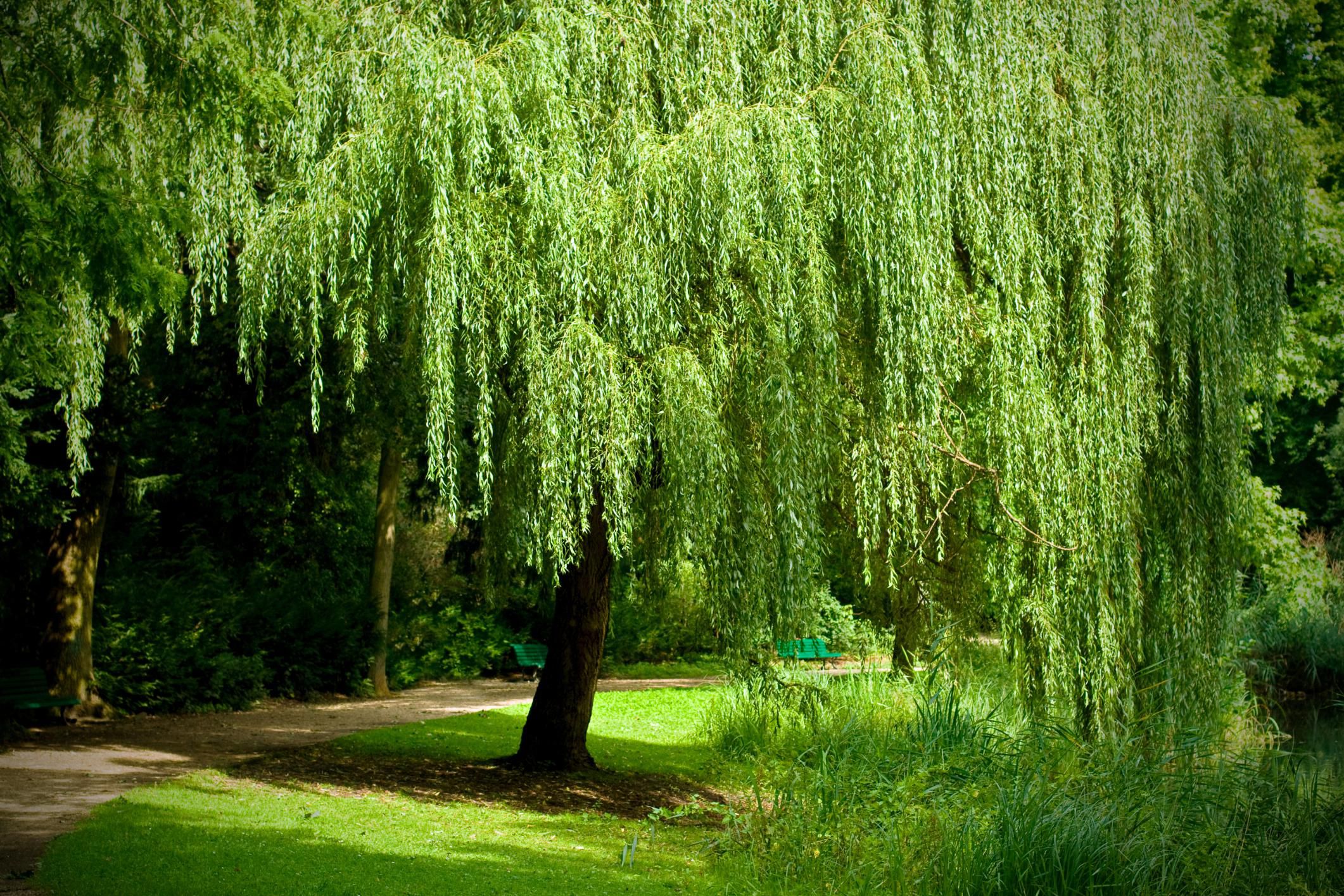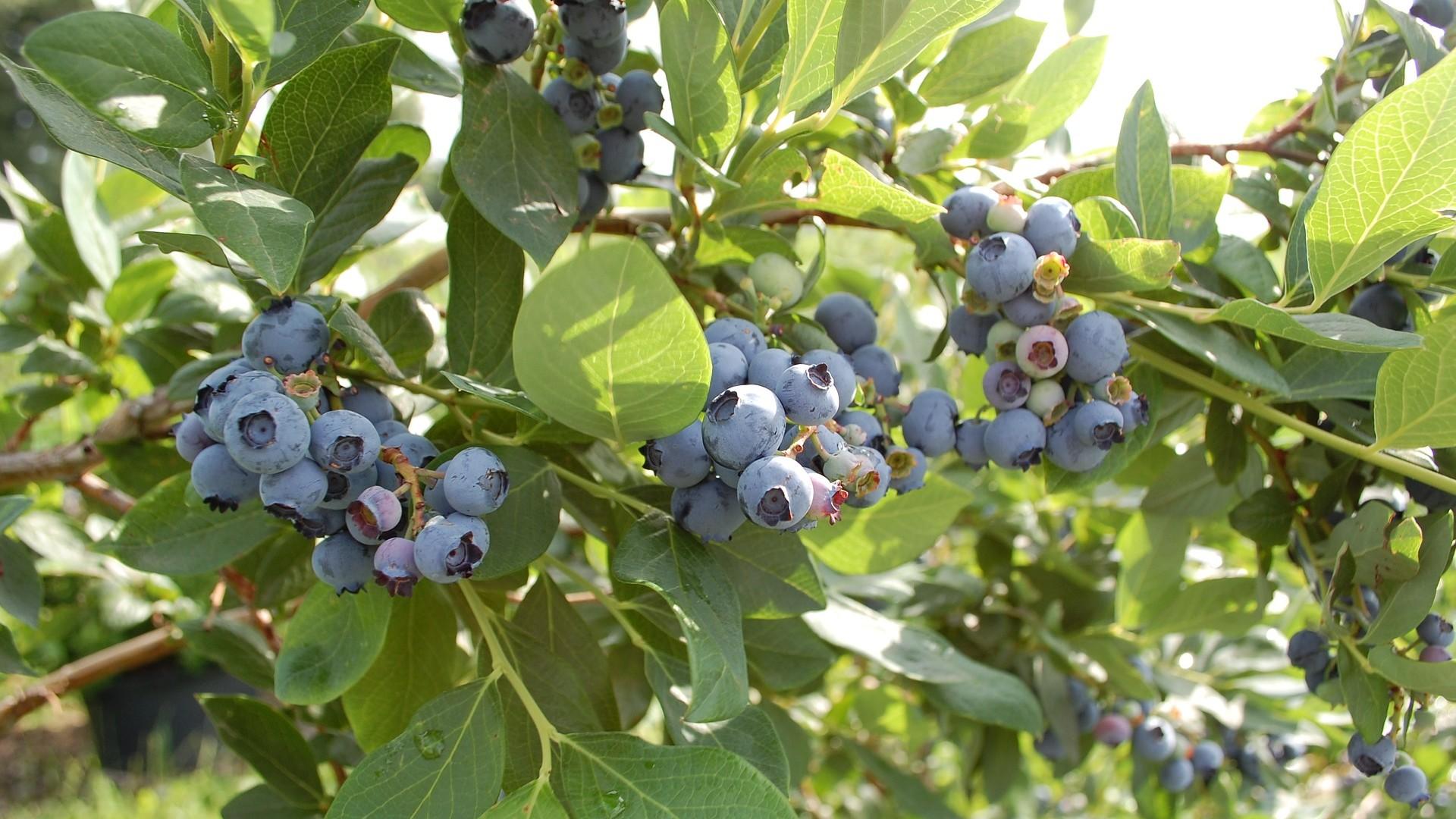Can Photinia Red Robin Be Grown in Pots?
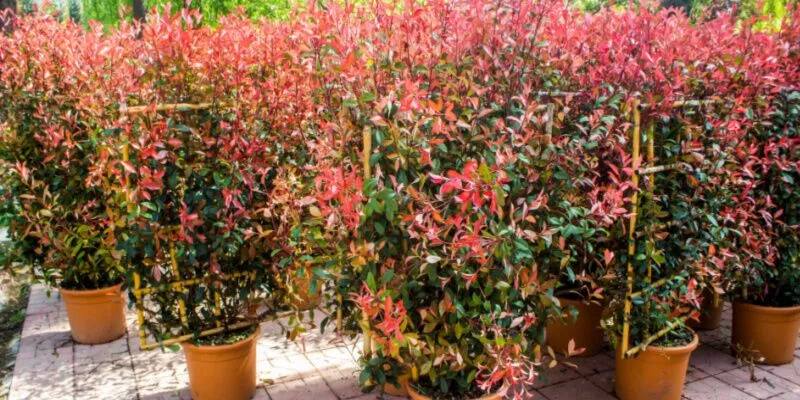
Table of Contents
Photinia ‘Red Robin,’ a vibrant evergreen shrub known for its brilliant red young leaves, can indeed thrive when cultivated in pots or containers. Photinia red robin problem is that it is a very popular ornamental plant. But then, the plant adds a touch of elegance and color to outdoor spaces, making it a sought-after choice for container gardening.
Selecting an appropriately sized pot, using well-draining soil, and ensuring proper sun exposure are vital factors for successfully nurturing this plant in containers and avoiding photinia red robin problems. With regular maintenance, including appropriate watering, fertilization, and occasional pruning, growing Photinia ‘Red Robin’ in pots can be a rewarding endeavor.
Allowing even those with limited garden space to enjoy its captivating beauty and visual appeal throughout the seasons.
Things to Keep in Mind While Growing Photinia ‘Red Robin’ in Pots
1. The Size of The Pot
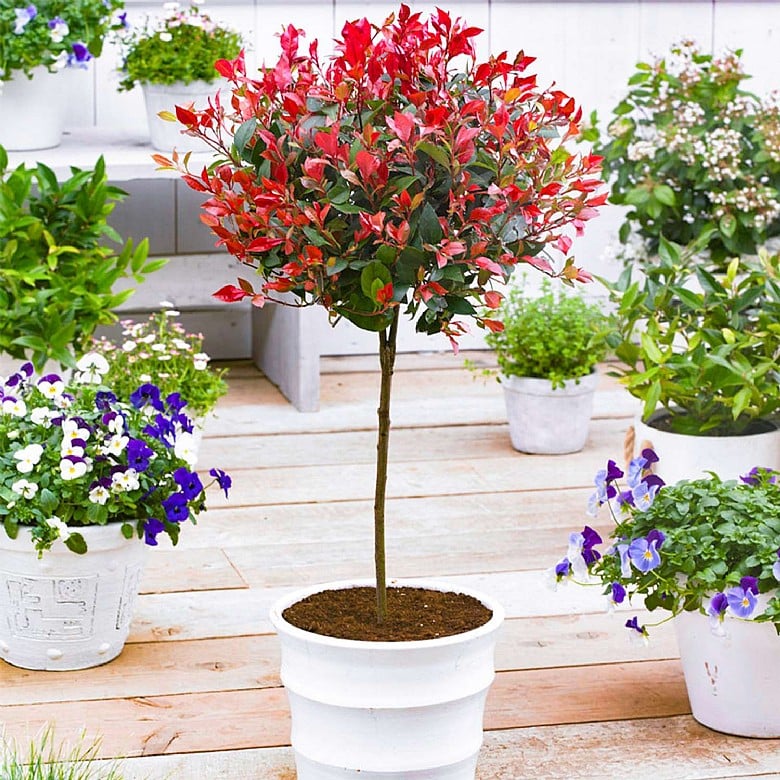
When growing Photinia ‘Red Robin’ in pots, choosing an accurate pot size is crucial. Opt for a container with a diameter ranging from 18 to 24 inches and a corresponding depth. This space enables the plant’s root system to thrive as it develops. Ample room in the pot facilitates optimal nutrient absorption and prevents root constriction.
With a well-proportioned container, Photinia ‘Red Robin’ can establish a healthy root system, ensuring robust growth and vibrant foliage. A proper pot size promotes the plant’s overall vitality and leads to its successful cultivation in a container environment.
2. The Soil
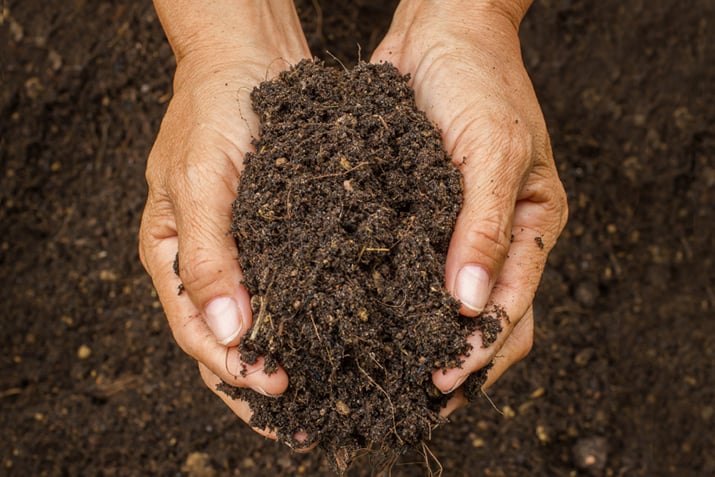
For optimal growth of Photinia ‘Red Robin’ in pots, it’s important to choose the right kind of sand. To enhance the mix’s drainage properties by incorporating elements like perlite or coarse sand. This prevents the risk of soggy roots, which can lead to plant stress and health issues.
Well-draining soil ensures that excess water doesn’t accumulate in the pot, leading to healthy root development, reducing the chances of roots not rotting, and increasing the life and health of the plant.
3. The Power of Sunlight
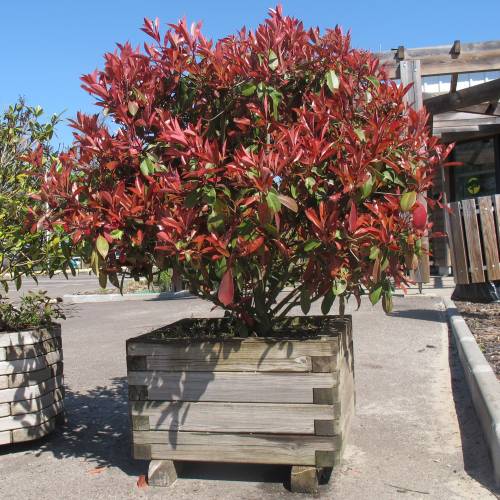
For robust development, the plant needs a place with a ton of light. When cultivating it in a pot, ensure the container is positioned in a spot that receives ample sunlight, promoting its overall health and vibrant foliage. If the plant is indoors, select a south or west-facing window to offer sufficient natural light.
4. How to Water
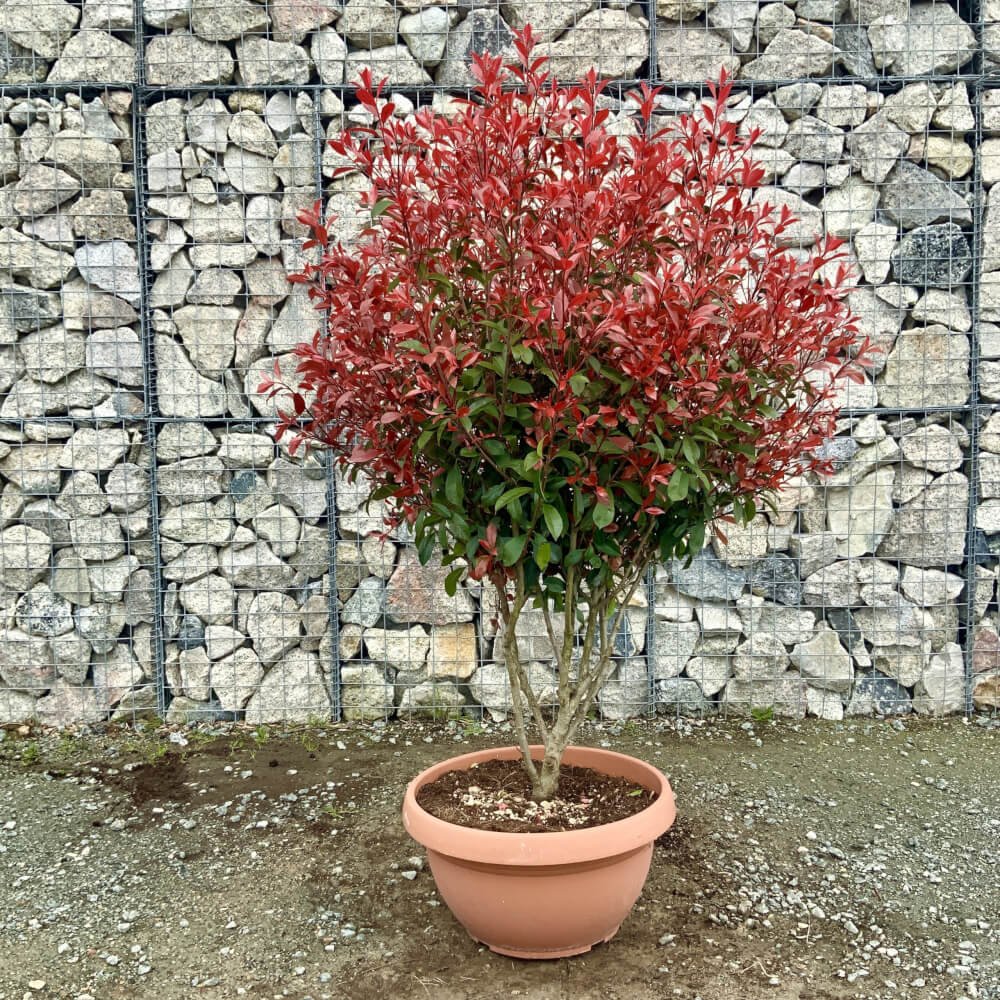
Maintaining proper soil moisture is crucial for cultivating Photinia ‘Red Robin’ in pots. Aim for consistent moisture without allowing the soil to become overly saturated. Water the plant when the top inch of the soil feels dry to the touch. Be cautious about overwatering, as excessive moisture can result in root rot and compromise the plant’s health. Moderation is the crucial key here.
5. The Power of Fertilization
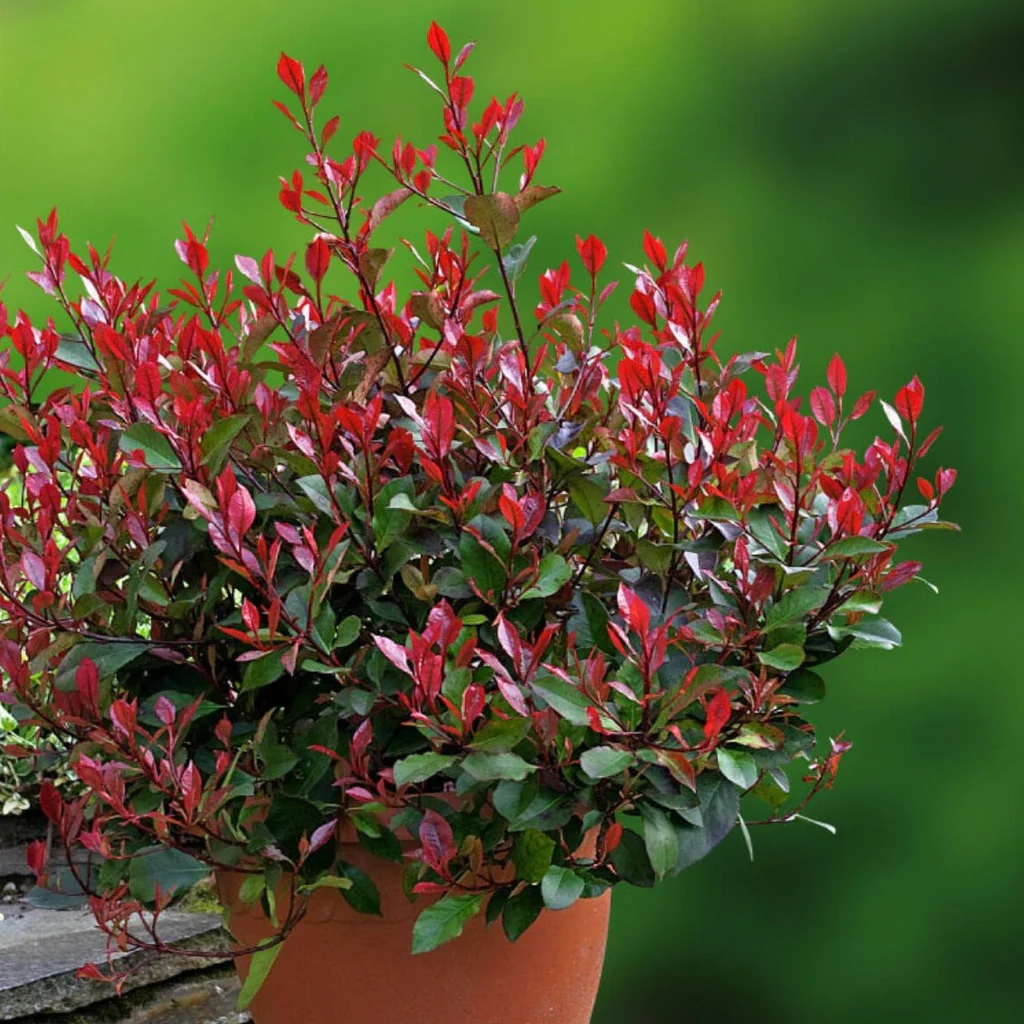
During the active growing season, from spring to summer, it’s advisable to nourish your potted Photinia ‘Red Robin’ with a balanced, slow-release fertilizer. This type of fertilizer will release nutrients over time, resulting in steady and sustained growth. Look closely at the manufacturer’s guidelines for both the dosage and frequency of application to avoid any fertilization. A balanced fertilizer contains essential nutrients like nitrogen, phosphorus, and potassium in equal proportions, resulting in the shrub’s overall health and development.
6. Pruning and Shaping
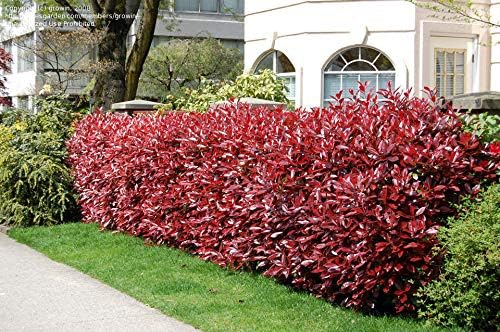
Regular pruning is advantageous for the maintenance and vitality of Photinia ‘Red Robin‘ when grown in pots. You can conduct pruning during early spring before new growth emerges. Trimming helps to sustain the desired shape and size of the plant, preventing it from becoming overly leggy or unruly. Pruning also stimulates the development of fresh, healthy growth, leading to a denser and more vibrant appearance. Cleaning dead, diseased, or overcrowded branches contributes to overall plant health.
7. Seasonal Change
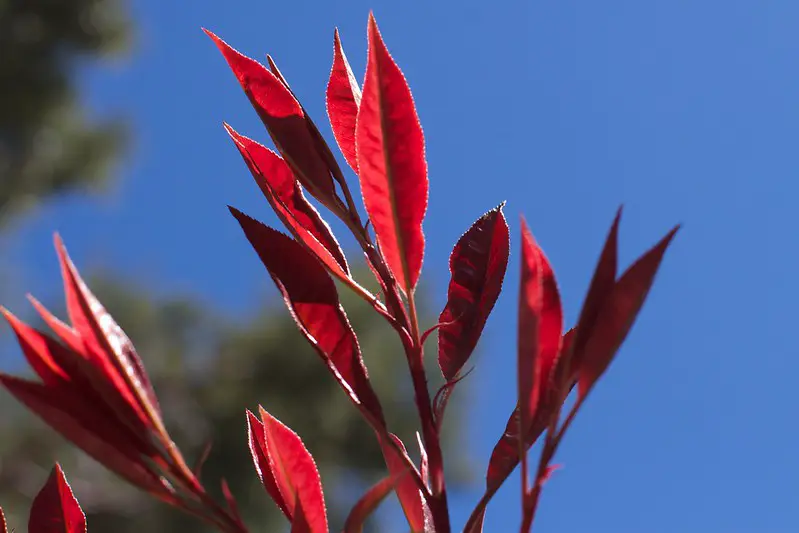
In regions where places have to go through cold winters, safeguarding your potted Photinia ‘Red Robin’ from freezing temperatures is important. To prevent winter damage, relocate the container to a sheltered area, such as a garage or covered porch.
Another effective method is insulating the pot by wrapping it with materials like burlap or bubble wrap. This protective layer acts as a buffer against extreme cold, shielding the roots from potential freezing.
8. New Pot
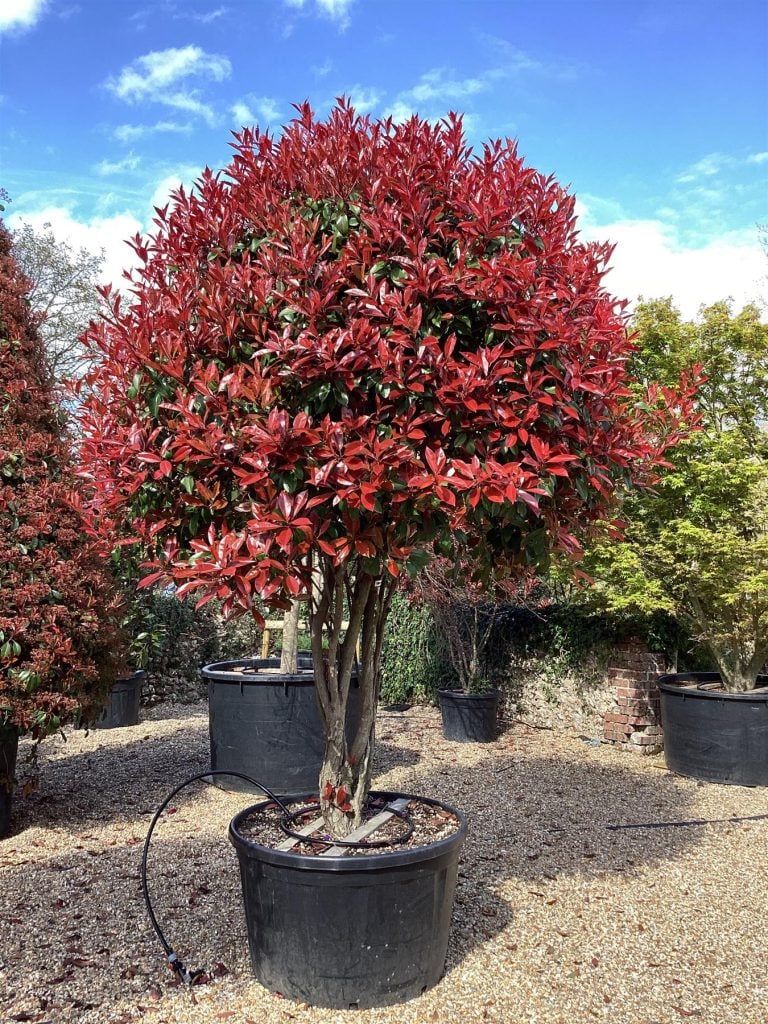
As Photinia ‘Red Robin’ grows out of its container, it may eventually become constrained by its pot’s size. To facilitate continued healthy growth, think about repotting the plant every 2-3 years. This will involve transferring the plant into a slightly larger container, granting its roots more room to spread and absorb nutrients. Repotting not only prevents the plant from becoming root-bound but also refreshes the soil, ensuring ongoing access to essential nutrients.
When repotting, check the root system for any signs of overcrowding or circling roots and gently untangle them. This time-to-time maintenance helps with the robust growth and sustains the vibrancy of your potted Photinia ‘Red Robin’ over time.
Conclusion
When planting the plant, you have to keep in mind that potted plants usually need more care and attention compared to plants grown in the ground. Regular monitoring of water, light, and soil conditions is crucial to ensure the health and well-being of your Photinia ‘Red Robin’ in a container.
Are you looking to grow your garden or just researching how to grow and maintain plants? Follow our blog and get answers to all your plant-related queries.


